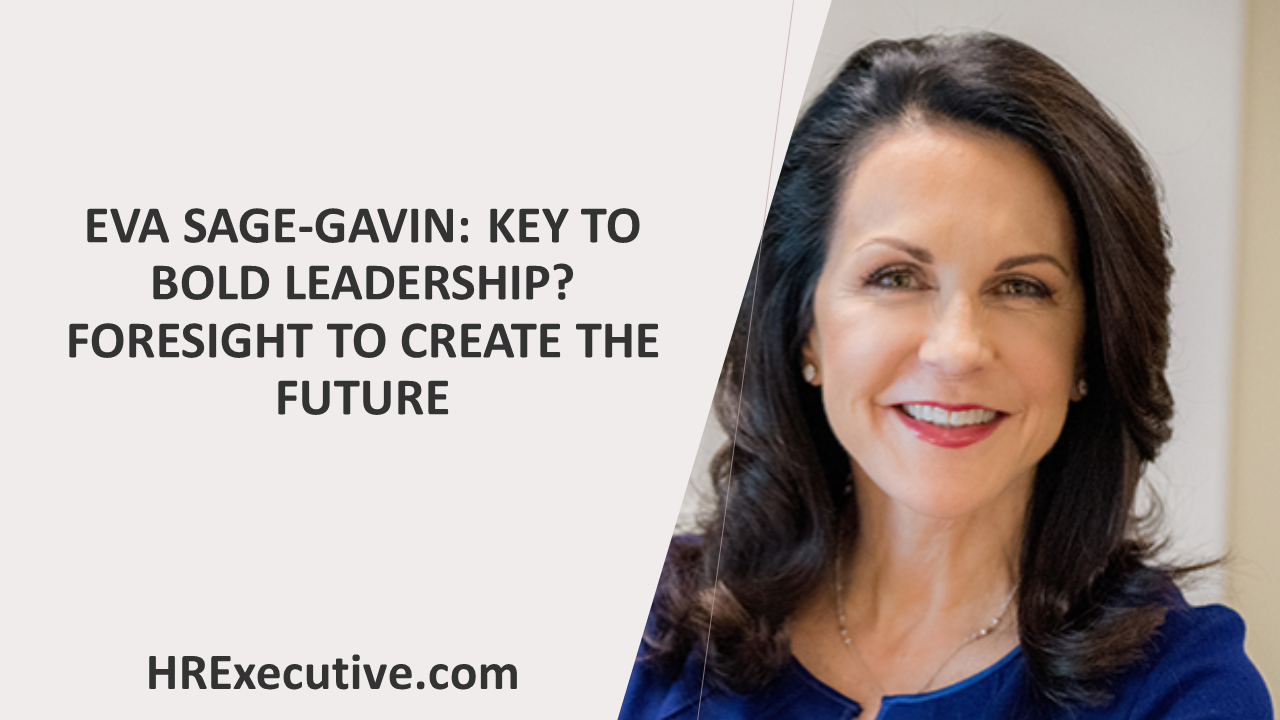Imagine your organization is on the brink of explosive growth and is about to issue an IPO. Everyone is excited about the opportunities the growth will bring, and activity is focused on ensuring Operations is ready to roll out to new markets. Sales and marketing have activated their playbook to generate business, construction on the new location is just about done, and then Talent Acquisition gets the request for 1,000 new associates to be ready to go in the next three months. Unfortunately, Talent Acquisition is still using a manual process to recruit and pre-hire new employees and cannot meet the demand without adding headcount. This hurts their credibility with the business and delays the grand opening, impacting the IPO. If only Talent Acquisition had anticipated the demand on their capacity and worked with the business to build scalable processes before the IPO and growth, they could have avoided the need to rely on resourcing to supplement a broken process.
No transformation is born in a vacuum.
Sometimes it feels like the transformation came from nowhere, but the seeds of change are planted long before you hold the first kickoff meeting. Change can be fast or slow, but the signs of it are recognizable when you know what to look for.
Any organization can create a plan to stay ahead of anticipated headwinds or upcoming opportunities. Most companies wait until one or more of these catalysts arise, but the more successful organizations will anticipate changes and put together a plan to address transformation proactively, rather than reactively. Our first deep dive into the transformation process is to highlight the catalysts for change that trigger the need to consider transformation.
Catalysts of Change
Catalyst #1: Financially Driven
 The first category of catalyst focuses on triggers that come from budgetary considerations. While occasionally organizations are presented with a sudden influx of cash that would require them to transform their business processes, typically the opposite is true, and businesses are asked to curb spending or reduce overhead. The deadline for change can seemingly come from nowhere; however, the signs that change is coming are evident long before the mandate.
The first category of catalyst focuses on triggers that come from budgetary considerations. While occasionally organizations are presented with a sudden influx of cash that would require them to transform their business processes, typically the opposite is true, and businesses are asked to curb spending or reduce overhead. The deadline for change can seemingly come from nowhere; however, the signs that change is coming are evident long before the mandate.
Catalyst #2: Strategically Driven
This catalyst can come with equal parts excitement and angst. Your organization may be going through a merger or acquisition. It’s possible that there is a strategic contraction of footprint to optimize operations or focus on a new vertical. Or perhaps the business is targeting aggressive growth. And one that seems to drive a disproportionate amount of change—new leadership. Each of these scenarios presents a tremendous opportunity for transformation due to the scope of impact: hiring, onboarding, benefits offerings, budgeting, workforce planning, etc.
See also: Beyond the Great Resignation, 7 trends that will shape work in 2022
Catalyst #3: Legislatively Driven
Legislative monitoring is vital for organizations. From local laws to national requirements, legislation can impact how businesses do work. Human resources is particularly susceptible to legislative swings, from changes to sick leave requirements to wage and labor laws. There are resources available to organizations that do not have an in-house monitor that enables leaders to monitor the issues coming up for consideration by local and national governments.
Catalyst #4: Error-Driven
This catalyst category is rooted in pain. Somewhere along the way, an error was made that rippled across the organization. It may have been tied to incorrect data submitted in a report, or perhaps incorrect payment of a bonus across the company. Whatever happened, it was noticed and caused enough disruption to trigger the need for transformation.
Catalyst #5: Technology-Driven
 If you’ve been using an on-premise HCM for the past 20-plus years and have several bolt-on applications, you fully understand this catalyst. Providers end support of products on a regular basis, sometimes leaving businesses scrambling for a replacement. It’s also possible that your technology is still supported but is incredibly out of date, leading to inefficiencies through manual workarounds or multiple integrations. Or perhaps your current technology is working fine but cannot support what the business hopes to do in the future. The good news is that providers maintain a roadmap that outlines upcoming features and functionality, as well as solutions they will no longer support. The trick is to make sure you’re keeping an eye on this roadmap.
If you’ve been using an on-premise HCM for the past 20-plus years and have several bolt-on applications, you fully understand this catalyst. Providers end support of products on a regular basis, sometimes leaving businesses scrambling for a replacement. It’s also possible that your technology is still supported but is incredibly out of date, leading to inefficiencies through manual workarounds or multiple integrations. Or perhaps your current technology is working fine but cannot support what the business hopes to do in the future. The good news is that providers maintain a roadmap that outlines upcoming features and functionality, as well as solutions they will no longer support. The trick is to make sure you’re keeping an eye on this roadmap.
Catalyst #6: Chaos-Driven
As part of their continuity of operations work, companies try to imagine many different scenarios that would trigger emergency operations. Teams practice their response, ensuring the business can function during a temporary interruption of work due to weather, earthquakes, construction, etc. The key word is temporary. COVID completely changed the way we view disruptions at work, requiring many organizations to experience transformation in immediate and reactive ways. While it’s nearly impossible to predict a global event at this scale, it’s important to acknowledge that these events do happen. Your organization will need to be in a position to make decisions and adapt quickly.
What to do about it?
 The catalyst for change may consist of one or more of these factors. It’s rarely a singular event driving transformation. Because of the variable nature of change, there is no one single thing leaders can do to prepare; rather, it’s important to establish multiple channels of observations. Cultivate cross-functional internal networks. Create news alerts with keywords specific to your industry and business, as well as industries that may impact your business. Establish a governance model to monitor your business processes and your technology roadmap.
The catalyst for change may consist of one or more of these factors. It’s rarely a singular event driving transformation. Because of the variable nature of change, there is no one single thing leaders can do to prepare; rather, it’s important to establish multiple channels of observations. Cultivate cross-functional internal networks. Create news alerts with keywords specific to your industry and business, as well as industries that may impact your business. Establish a governance model to monitor your business processes and your technology roadmap.
In short, while we are often working “heads down,” it’s important to ensure you look up now and then to see what may be coming. No one likes unpleasant surprises.
Next time
As we continue our examination of transformation, we’ll focus on what is—and is not—transformation, and why failure is always an option.

